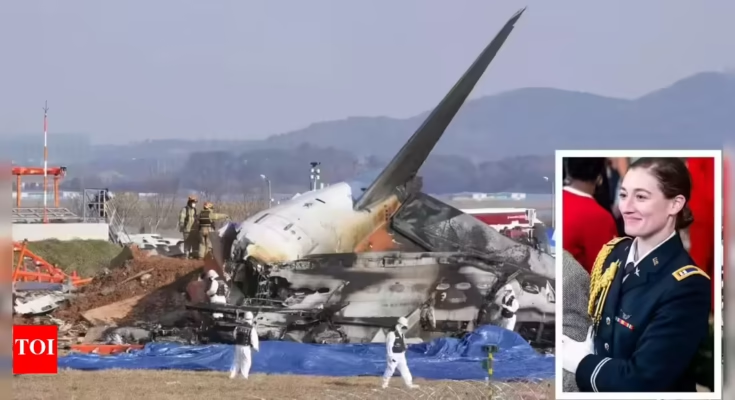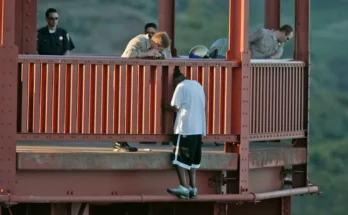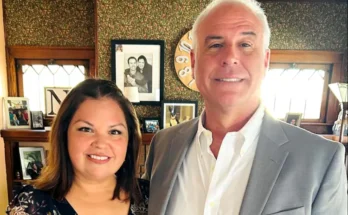The final words of the pilot of a Black Hawk military helicopter have been revealed during a hearing about its fatal collision with an American Airlines passenger jet in January. The crash tragically claimed the lives of 67 people.
On January 29, the helicopter and the jet, which had departed from Wichita, Kansas, and was approaching Ronald Reagan National Airport, collided and plunged into the Potomac River. A search and rescue mission quickly became a recovery operation as it was confirmed that all 64 passengers on the commercial jet and all three people on the helicopter had died.
New details about the doomed chopper are now emerging, including audio footage of the final conversation between the pilot and the instructor just moments before impact.
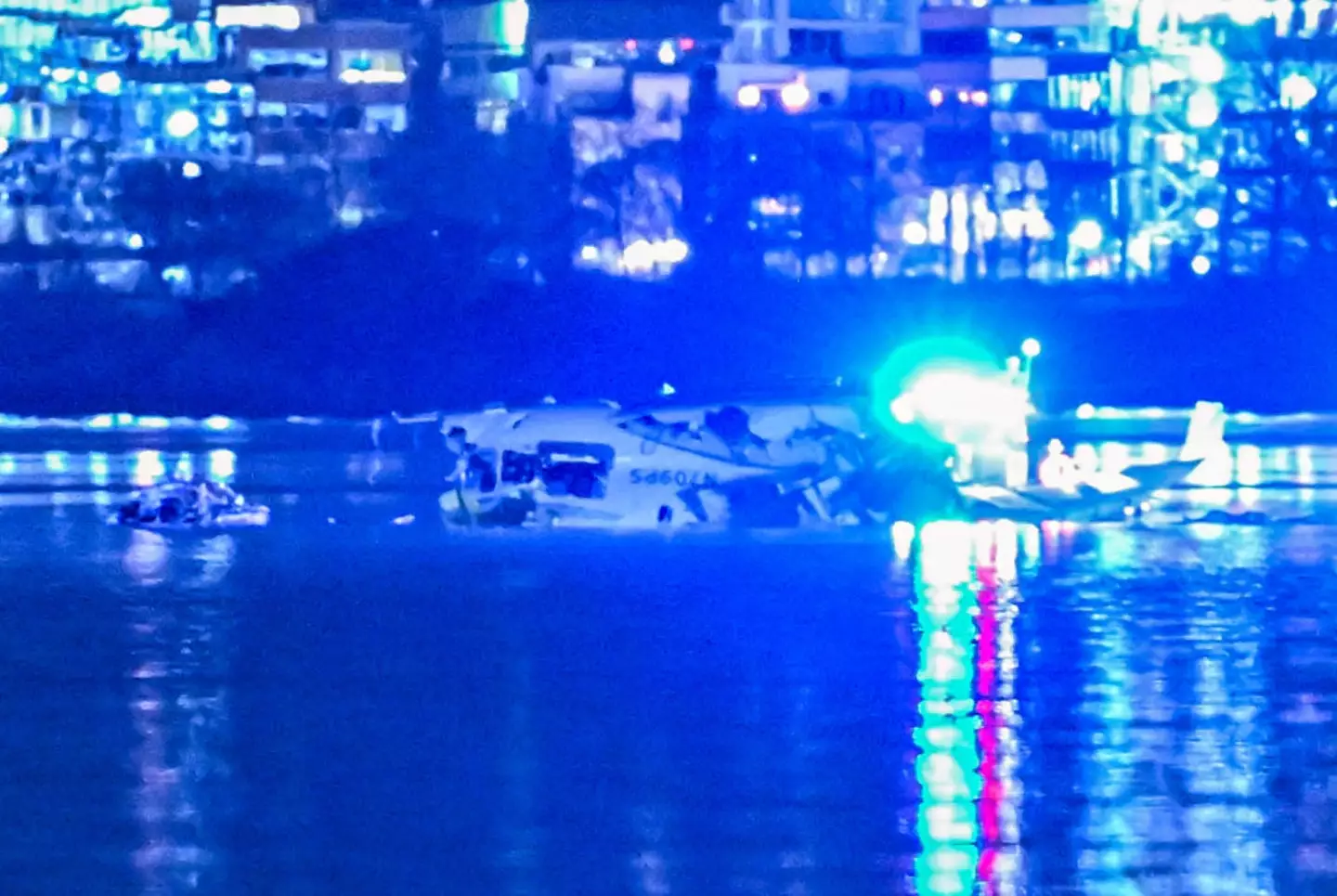
The National Transportation Safety Board (NTSB) launched a hearing on Wednesday, July 30, to determine what happened. They identified the crew as pilot Captain Rebecca Lobach, 28, instructor Chief Warrant Officer 2 Andrew Eaves, 39, and Staff Sergeant Ryan O’Hara, 28. The helicopter was flying a night evaluation to Fort Belvoir in Virginia.
An animation shown during the hearing revealed that American Airlines Flight 5342 last spoke to air traffic controllers when they were directed to change runways for landing, which they agreed to do. However, investigators heard that the helicopter crew may not have been aware of their actual altitude. The Black Hawk was on a route with a maximum altitude of 200 feet, but the presentation shows it was flying much higher, between mid-200 feet and over 300 feet as it neared the airport.
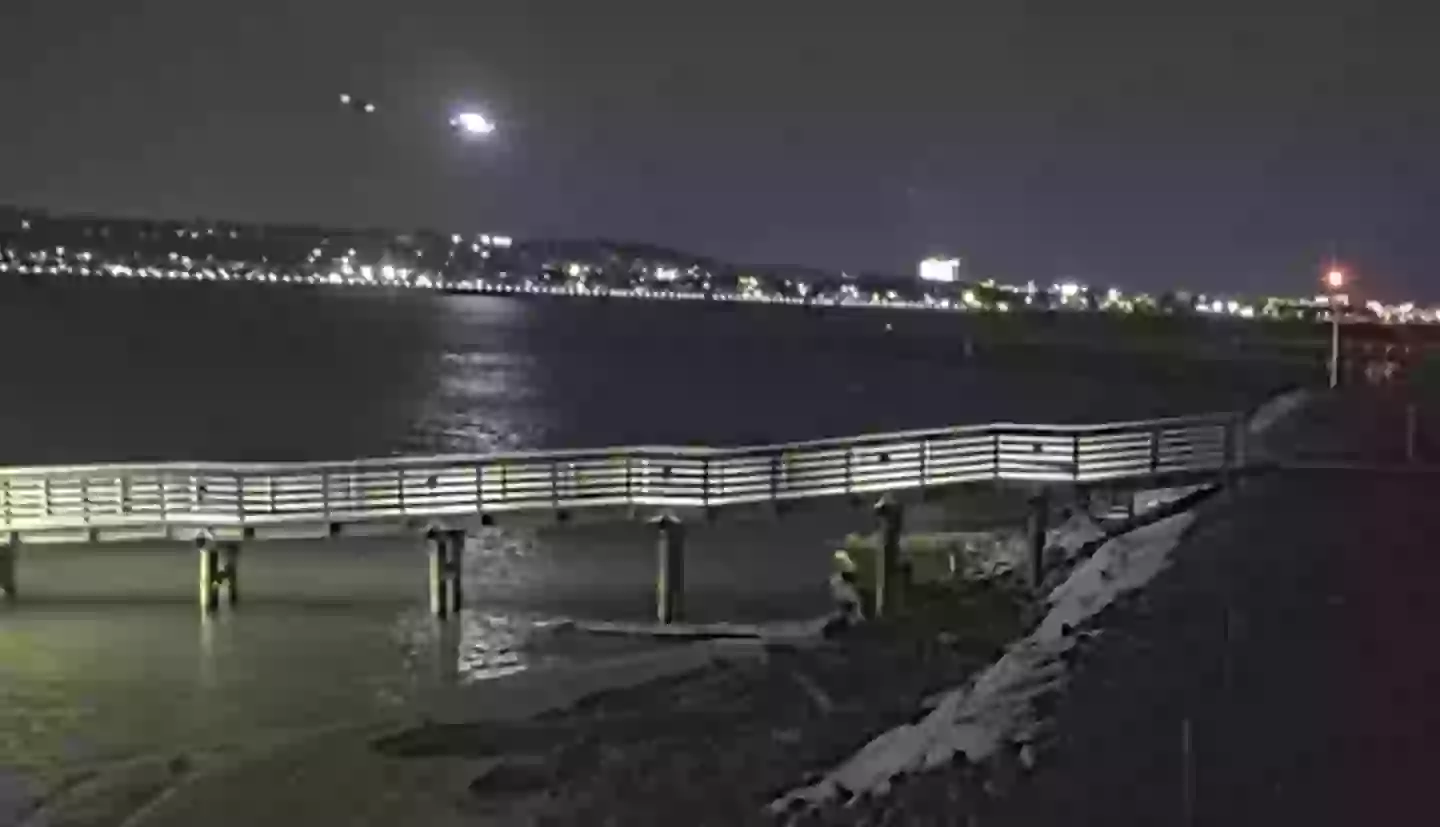
Officials believe the crew may have thought they were flying at a lower altitude than they were, possibly due to an altimeter error. The NTSB has since conducted tests on other helicopters from the same unit and found discrepancies with their barometric altimeters.
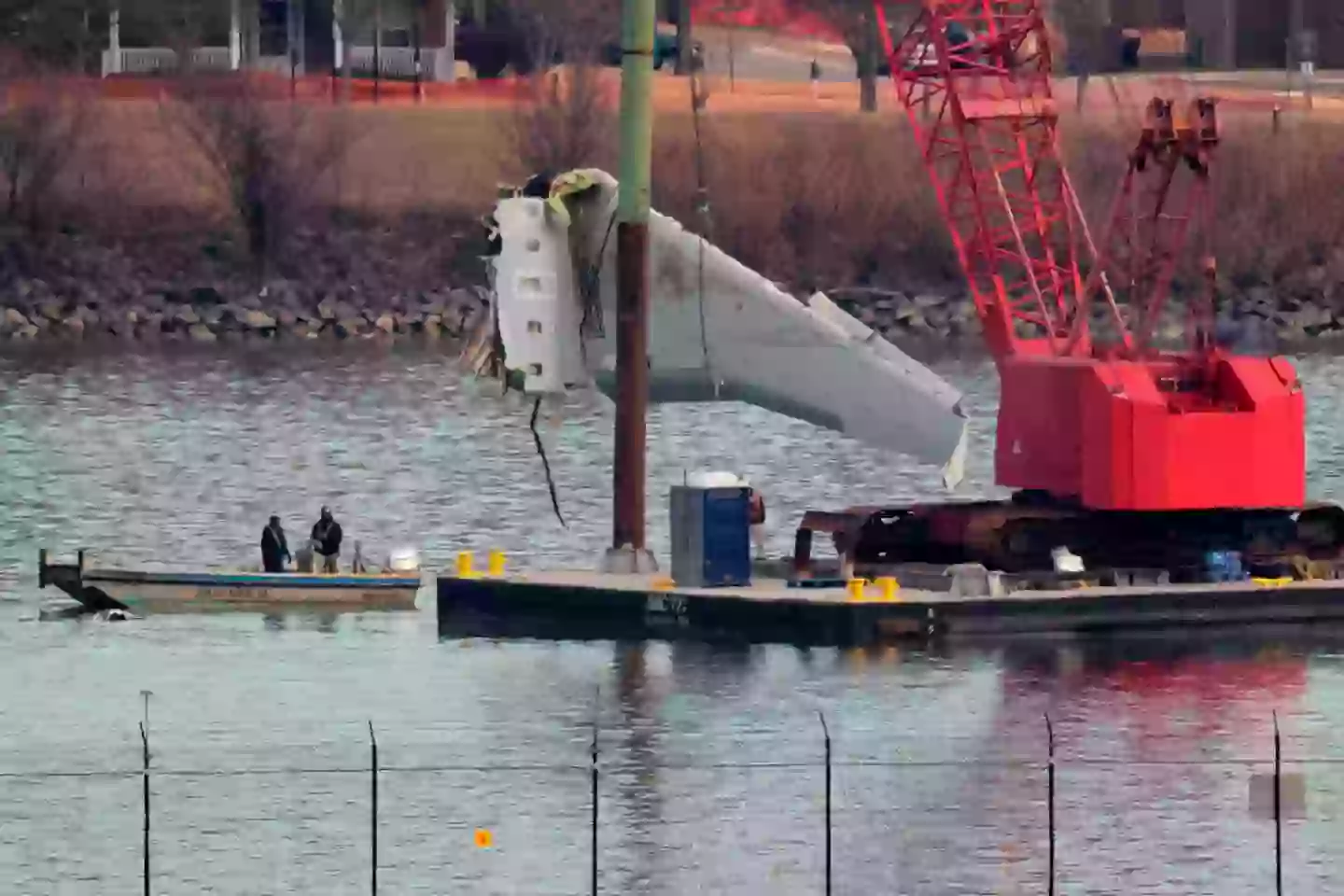
A transcript of the cockpit audio was also shared, revealing some eerie details. During the 15-minute flight, Lobach and Eaves were heard making small talk and laughing, suggesting they were unaware of the imminent danger. Eaves also assisted the pilot with maneuvering advice, while Lobach reported that air traffic control transmissions sounded “pretty muffled.” The instructor also commented that the control tower seemed “stacked up tonight” with traffic.
Approximately two and a half minutes before the collision, Eaves instructed Lobach to “come down for me” and fly at 200 feet, as they were at 300 feet. Air traffic control then warned the helicopter twice about the passenger jet. The chopper responded both times, stating it could see the plane and requested a “visual separation” to navigate.
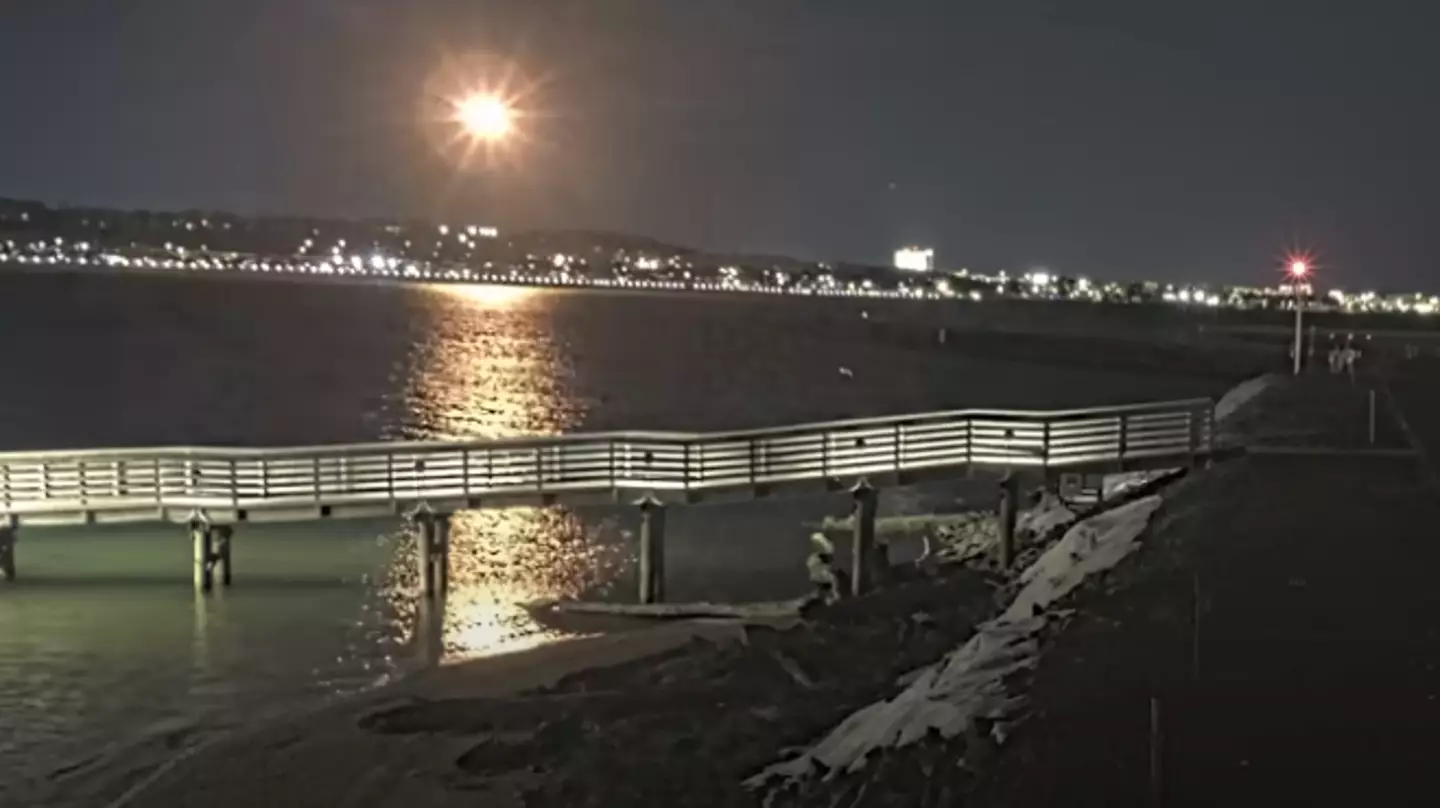
A controller approved the request and, about 20 seconds before the crash, instructed the team to “pass behind” the jet. However, a cockpit transcript reveals that this critical command was not heard due to an audio interruption in the Black Hawk’s microphone.
Five seconds after the final warning about the plane, Eaves was heard telling Lobach: “Alright, kinda come left for me ma’am, I think that’s why he’s asking.” She replied: “Sure.” The instructor then said: “We’re kinda out towards the middle,” to which Lobach replied: “Oh-kay, fine.” This conversation lasted just four seconds. It was later revealed that at the time of the crash, the helicopter was at 270 feet while the American Airlines jet was at 320 feet.
Scott Rosengren, chief engineer in the office that manages the Army’s utility helicopters, said in the hearing that if he were “king for a day,” he would immediately retire all the older Black Hawk choppers like the one involved in the crash due to their outdated altimeters.
The hearing is ongoing.
